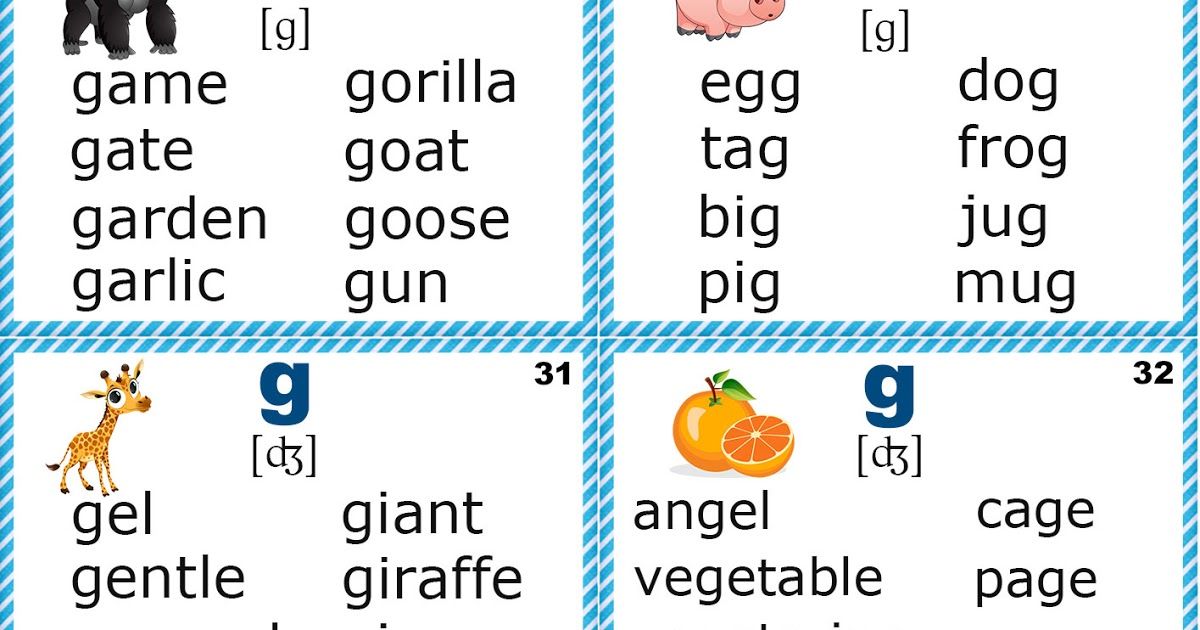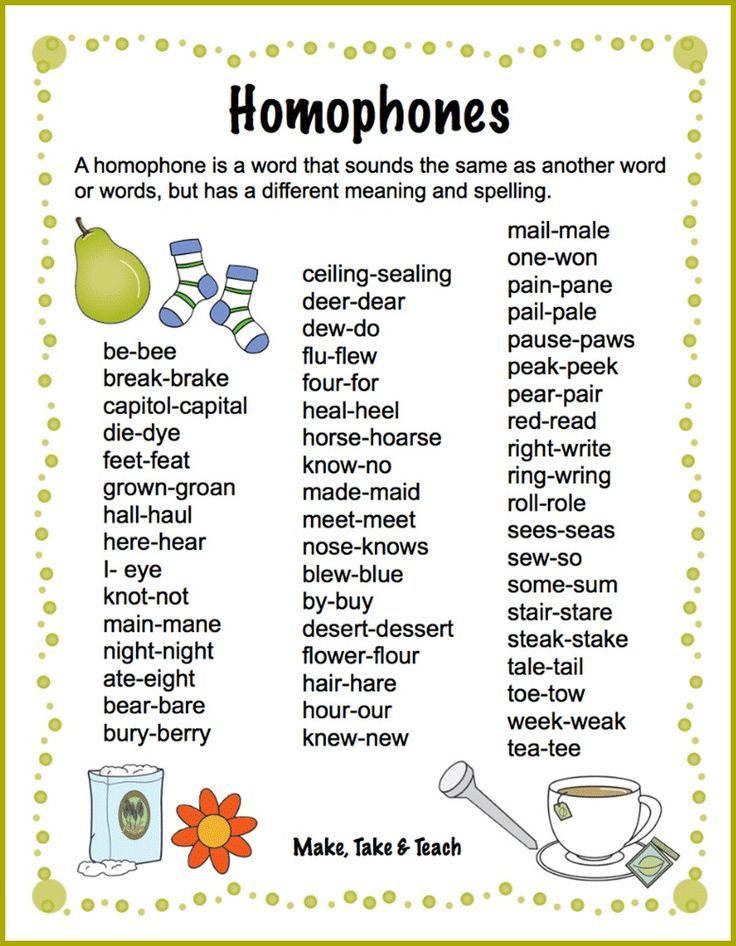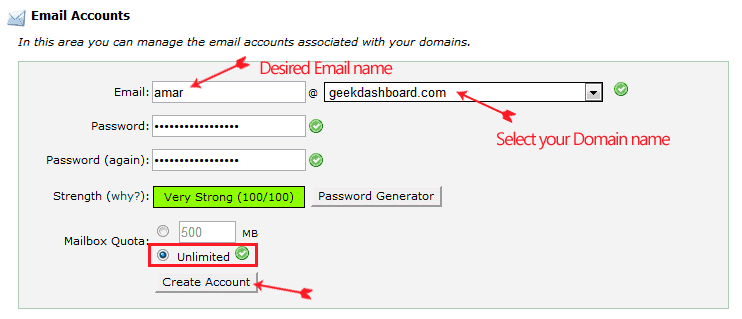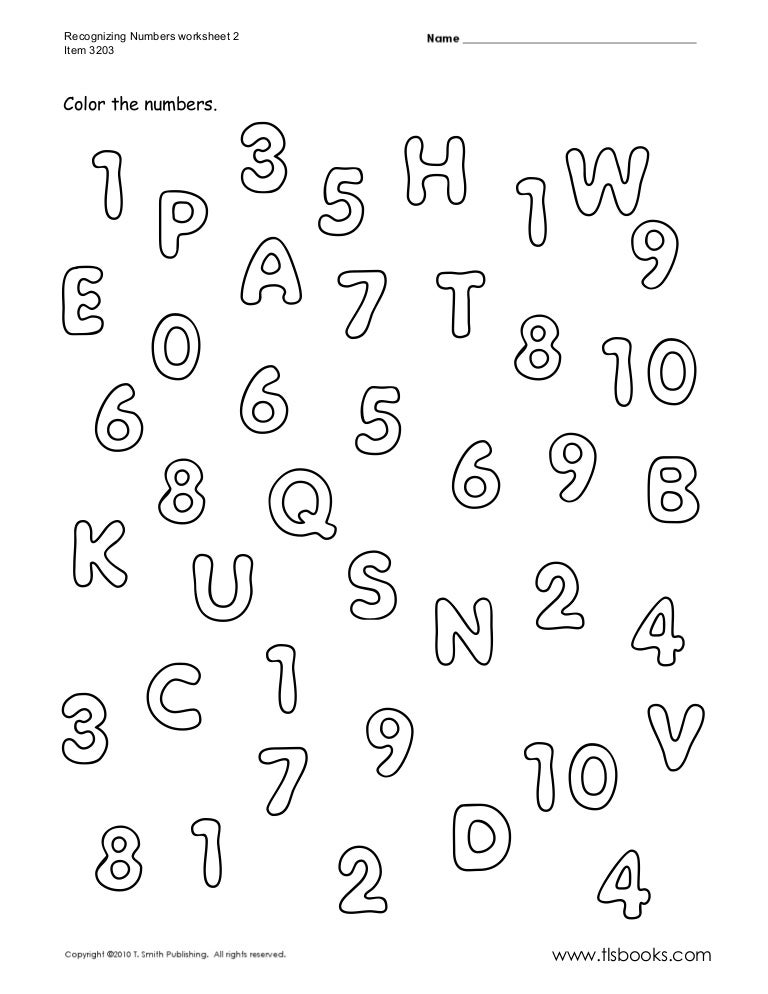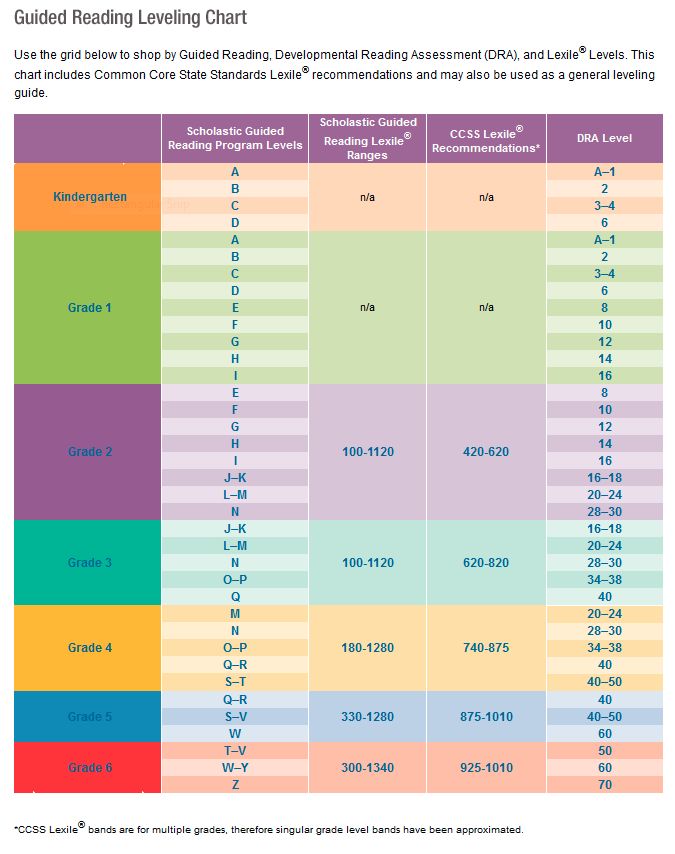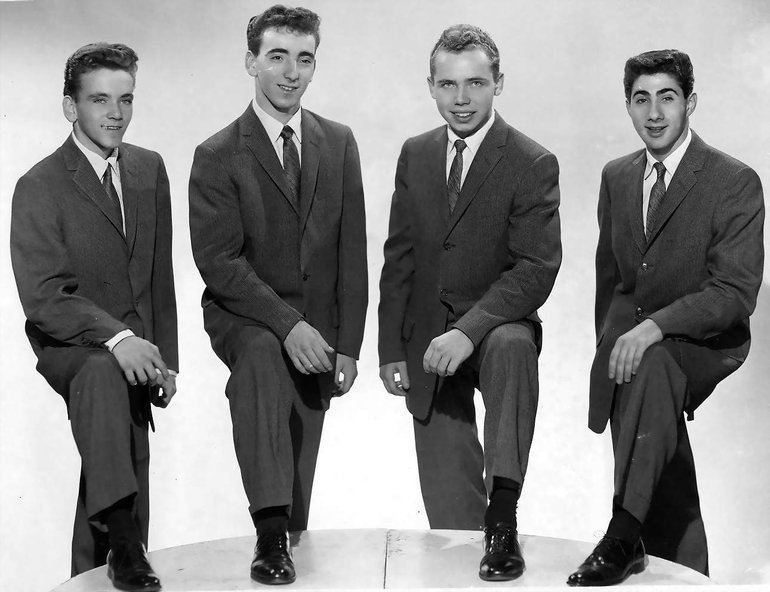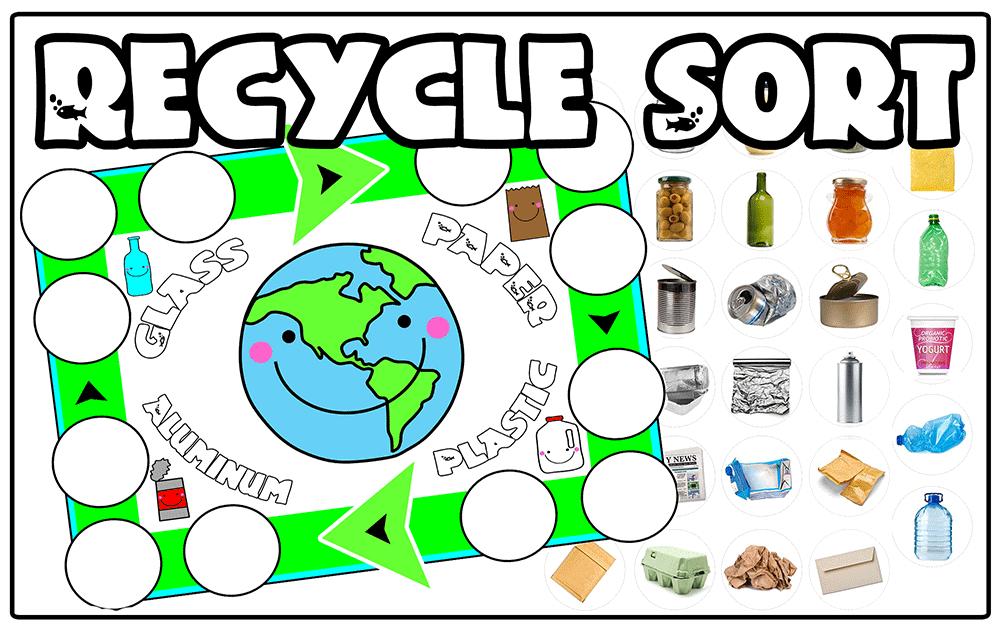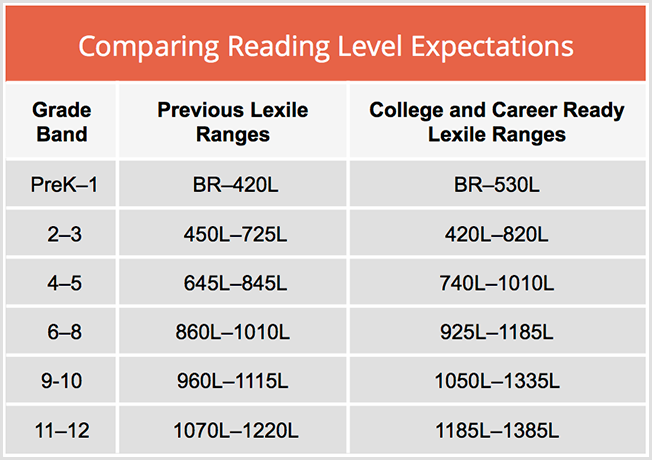Teach phonics at home
Lazy Mom's Guide to Teaching Phonics without Electronics
You are here: Home / Literacy / Lazy Mom's Guide to Teaching Phonics without Electronics :: Summer Learning
7944 shares
Have I ever mentioned that I can be a bit lazy when it comes to organizing elaborate and crafty learning activities? I think I have. Have I ever mentioned that I'm too cheap to buy "educational" electronics or apps? I think I have. (Also, I think they are annoying.) I present to you: The Lazy Mom's Guide to Teaching Her Child Phonics.
Summer Learning and Reading Readiness
My 4 year old will be entering Kindergarten this fall. (Insert cliché here: "where oh where does the time go?") I'm happy to see that he's showing signs of reading readiness. (
He's not the rockstar reader like his brother was, who was reading chapter books by this age. If I can't brag to the internet, who can I brag to?) I want to make sure his skills continue to develop over the summer both without pushing him and without taxing myself. (I mentioned my laziness, right?)
(This post contains affiliate links that may earn commission.)
Easy Ideas for Teaching Phonics:
Fortunately, you can develop your kid's phonetic understanding without Leapfrog or an iPhone! Here are a few of the ways I am doing it:
Play a simple word choice game. With our magnetic word set* I put two words next to each other and asked him to point to the one I named. For example, "Which word is 'monkey'?" (see above photo) He only needs to know the sound of the first letter to do this, but it gets him ready to read whole words. (*Pictured above is the Magnetic Poetry Kit - Really Big Words, which both boys love playing with.)
Use an alphabet puzzle to practice and introduce phonic sounds. See how I did this with my son here.
When you read books "mess" up words. For example, your reading conversation may go like this:
Mommy (reading a book): .
.. and the farmer drove the duck...
Kid (giggling): No! Mommy! Truck! Not duck!
Mommy (putting finger on the letter T): Oh, yes. You are right that is a "t" not a "d". How could I be sooooo silly? "T" is "tttttt" sound, not a "ddddd" sound!
Add a lot of simple rhyming games to your everyday life. Rhymes are one of the very best ways to build the skills necessary for reading.
Recite tongue twisters. Tongue twisters are also excellent distraction tools when your kids are going insane getting antsy in public. I can't tell you how fun they are. Plus the look on the kids face when you suddenly bust out with a tongue twister is fantastic. Alliteration, which is the foundation of tongue twisters, is great for phonics understanding.
Let you child play with Scrabble tiles or a Boggle game. They can sort letters while you make the sound. Or just drink your coffee chai while they stack them up.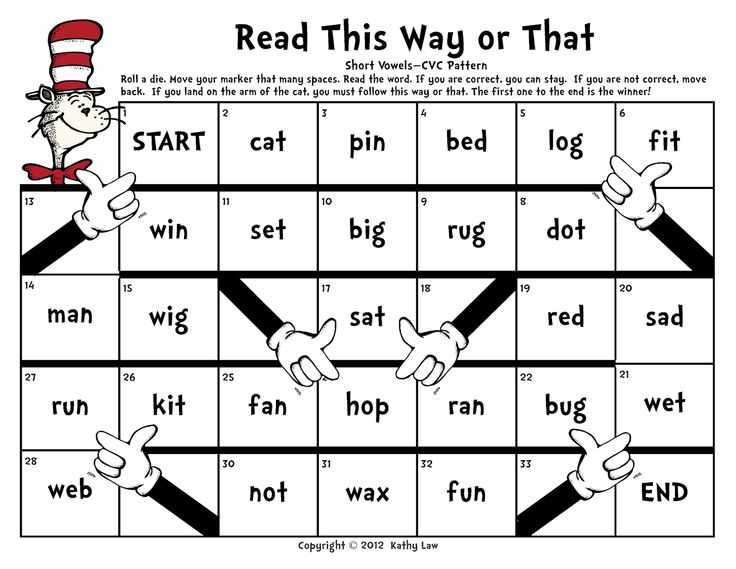 That works, too.
That works, too.
Try a frozen word hunt in the bath. This does take a bit of planning but is still very easy.
And of course... read, read, read. Pick one of these fantastic summer picture books.
MORE: Get loads more summer literacy ideas right here!
7944 shares
Reader Interactions
How to Teach Phonics to Your Child
The answers to our kids' questions about letters, sounds, and words aren’t always as simple as they first appear. How do you explain that the O can be /o/ as in oval or /o/ as in otter, that nanna does not end with the letter R, or why you just can’t sound out the word "was"?
Taking a closer look at what’s involved with phonics, and the role it plays in learning to read can be a helpful place to start.
Why Phonics Is Trickier Than It Sounds
Phonics is the process of teaching children to correlate an individual sound with its corresponding letter or letter group.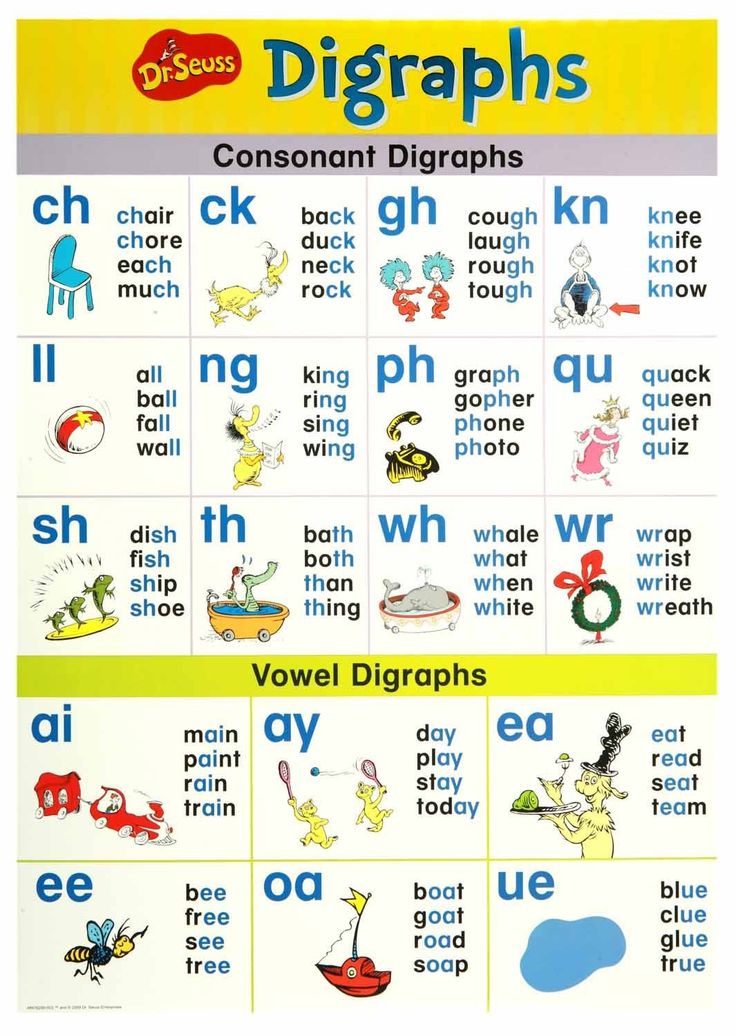 The more easily they can hear, identify, and manipulate sounds, the easier it will be for them to decode new words when they are ready to read.
The more easily they can hear, identify, and manipulate sounds, the easier it will be for them to decode new words when they are ready to read.
Phonics is a fundamental building block of literacy, one that parents can help to develop. But many parents misunderstand phonics to be a program that can teach reading skills “fast” through fun sing-alongs, alphabet worksheets, and flashcards. In fact, it generally takes years to master — while there are 26 letters in our alphabet, there are 44 unique sounds, and most children will spend the better part of kindergarten, first, and second grade learning how those sounds relate to each other to form words.
Raise a reader by getting the best book recommendations, reading tips, and discounts delivered straight to your inbox.
PLEASE ENTER A VALID EMAIL ADDRESS.
PLEASE SELECT A NEWSLETTER OPTION.
Preschool View Sample
Elementary School View Sample
Privacy Policy
<div><h3>Thanks for signing up! Look out for a confirmation email from us.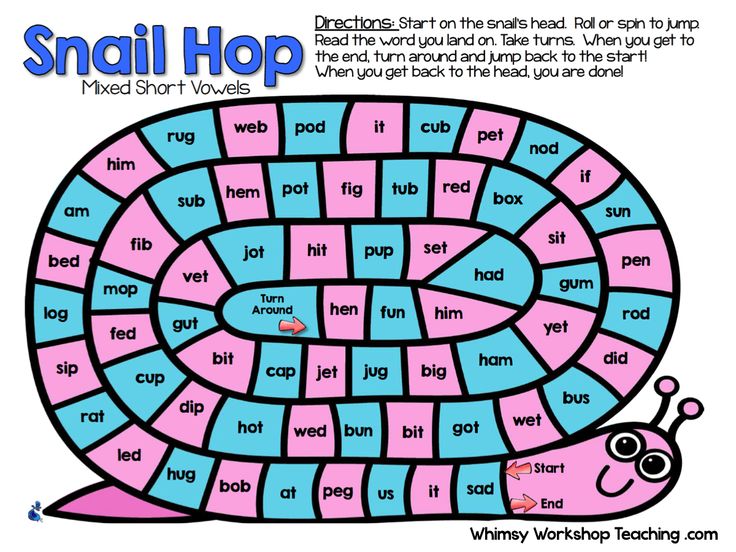 </h3><h4>Want to connect now? Find us on social media!</h4><h3><a adhocenable="false" href="https://www.facebook.com/scholasticparents/" target="_blank"><img src="/content/dam/parents/icons/facebook.svg"></a> <a adhocenable="false" href="https://www.instagram.com/scholasticparents/" target="_blank"><img src="/content/dam/parents/icons/instagram.svg"></a> <a adhocenable="false" href="https://twitter.com/scholparents" target="_blank"><img src="/content/dam/parents/icons/twitter.svg"></a> <a adhocenable="false" href="https://www.pinterest.com/scholparents/" target="_blank"><img src="/content/dam/parents/icons/pinterest.svg"></a></h3></div>
</h3><h4>Want to connect now? Find us on social media!</h4><h3><a adhocenable="false" href="https://www.facebook.com/scholasticparents/" target="_blank"><img src="/content/dam/parents/icons/facebook.svg"></a> <a adhocenable="false" href="https://www.instagram.com/scholasticparents/" target="_blank"><img src="/content/dam/parents/icons/instagram.svg"></a> <a adhocenable="false" href="https://twitter.com/scholparents" target="_blank"><img src="/content/dam/parents/icons/twitter.svg"></a> <a adhocenable="false" href="https://www.pinterest.com/scholparents/" target="_blank"><img src="/content/dam/parents/icons/pinterest.svg"></a></h3></div>
Where Parents Get Tripped Up
Any parent who has tried to sound out words with a pre-reader will quickly realize that they have forgotten what hard work it is. Short vowels like “a” and “e” may sound alike to a young ear.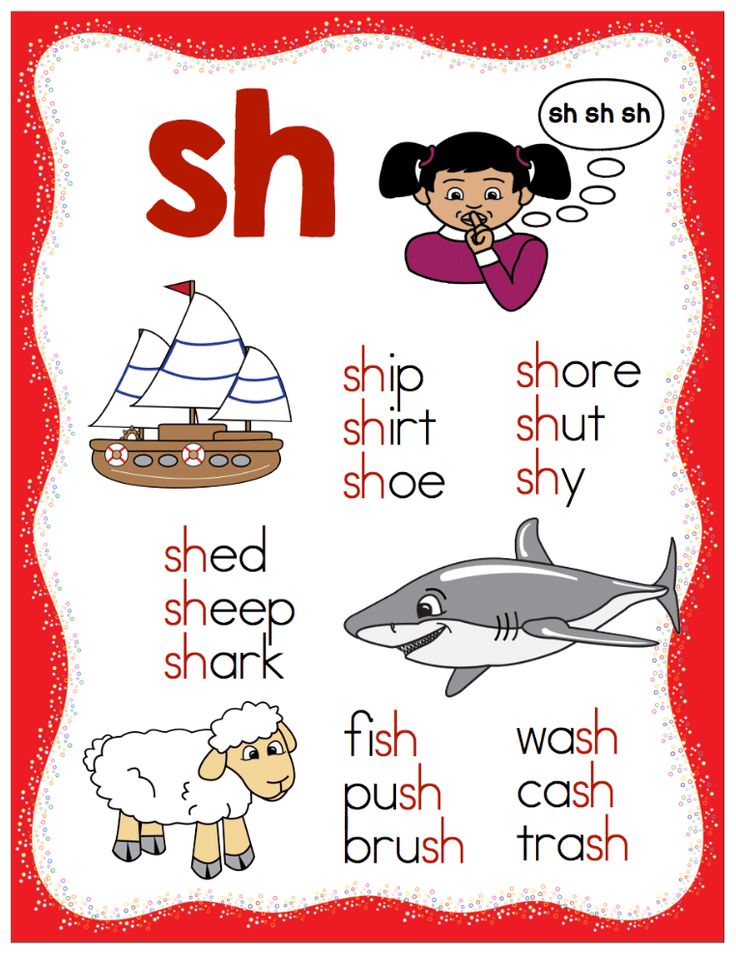 Letter combinations like “sh” and “th” are hard to explain to a child who is only recently comfortable with the alphabet. Kids encounter sight words like “the” and “said” that can’t even be sounded out thanks to their irregular spelling! Ask a 6-year-old to spell “kid” and they are just as likely to say, “c-i-d…” as “k-i-d,” leaving parents at a loss for how to explain.
Letter combinations like “sh” and “th” are hard to explain to a child who is only recently comfortable with the alphabet. Kids encounter sight words like “the” and “said” that can’t even be sounded out thanks to their irregular spelling! Ask a 6-year-old to spell “kid” and they are just as likely to say, “c-i-d…” as “k-i-d,” leaving parents at a loss for how to explain.
So How Can You Help Your Child?
Kids simply need practice — countless opportunities to hear, grasp, and manipulate the sounds of words, so they can eventually “decode” words quickly for fluent reading. For parents, this might sound like lots and lots of repetition — and that’s okay. It may seem like your child is stuck, but think of phonics like learning a secret code — once your child breaks the code, she'll move forward through that unlocked door without looking back.
One of the most beneficial things parents can do is help their child learn to hear the individual sounds within words. Ideally, he'll receive a comprehensive reading program at school, which includes “spelling rules” and learning sight words.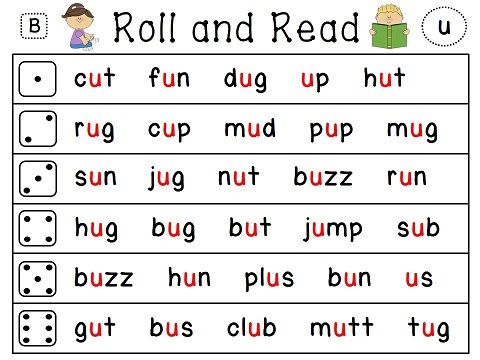 These nine simple phonics-based activities are an ideal way for parents to support literacy development at home.
These nine simple phonics-based activities are an ideal way for parents to support literacy development at home.
Focus on the First Letter
1. Talk about the name of a letter and the sounds it makes: Try explaining to pre- and early readers that just like children letters have names, and that also just like children, letters can often say or make different sounds.
For example, you might say, “I can see a letter from your name. Can you see the letter A (say A as in apricot)? In this word it’s making an /a/ sound, a-pple. The letter’s name is A and it’s making an /a/ sound.”
2. Brainstorm words that begin with the same sound: Help your child to think of other words that begin with the /a/ sound. For example, “I can think of another word that starts with that /a/ sound — ant! Can you think of an /a/ word? /a/ /a/ (pause for your child to respond).” If they cannot think of an answer or are not interested, you might like to offer another suggestion or simply leave brainstorming for another time.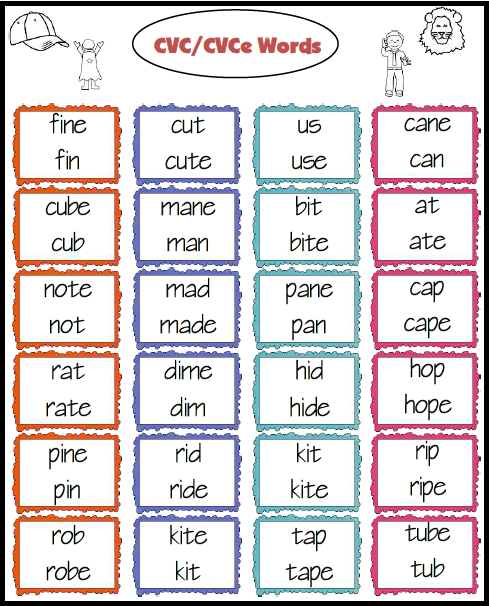
3. Have fun with silly sentences that begin with the same sound: If you and your child have brainstormed a verbal list of words you might like to try putting them together into a silly sentence, for example, “The angry ant attacked the apple with an ax!”
4. Play the classic game, I Spy: “I spy with my little eye something beginning with /b/.”
“Ball does begin with b but it’s not what I spy.”
“Bacon? You’re right, bacon begins with b. I spy bacon!”
(The I SPY Books are another way to practice simple words and their sounds, as well as build memory and observation skills.)
Get Them Rhyming
5. Read rhyming books together: There are many fabulous picture books that share their stories in simple rhyme. Once a story is familiar to your child try pausing before the rhyming word, waiting to see if your child offers the correct response.
(You can't go wrong utilizing the classic Chicka Chicka Boom Boom or Brown Bear, Brown Bear, What Do You See?.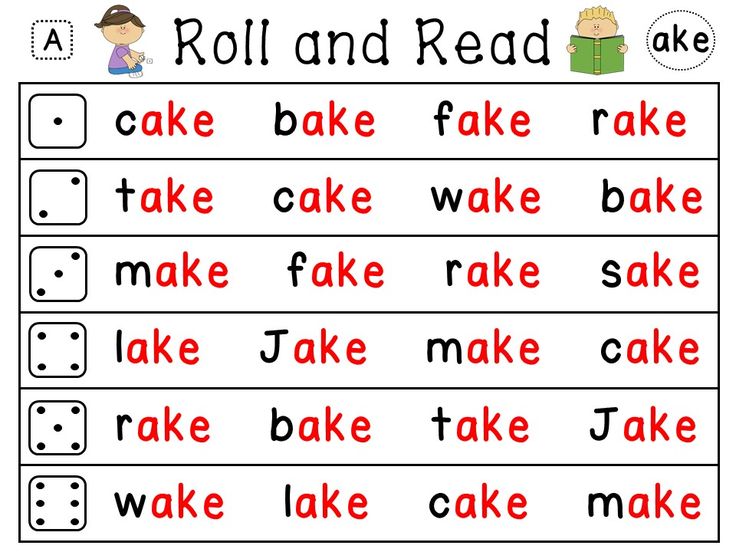 )
)
6. Play simple rhyming games: Rhyming games such as this First Learning Puzzles: Rhyming help your children to notice sounds within words and to learn that the same sound may be heard in many different words.
7. Play rhyming tennis: This one is great for kindergarteners who are familiar with rhyming. Choose a rhyming sound, say ‘-at’ as in ‘cat,’ and take turns back and forth each saying a new word that rhymes with the initial word. For example, player one says ‘cat,’ and player two ‘hat’, player one then says ‘rat,’ and player two, ‘mat.’ The round comes to an end when one player cannot think of a new rhyming word.
Progress to Hearing a Short Sequence of Sounds
8. Encourage your child to hear a sequence of sounds: This might sound scarier than it actually is! Look for everyday opportunities to break a short word (start with words with just two or three sounds, for example, hat, dog, car) into its individual sounds for your child to zip back together or blend orally.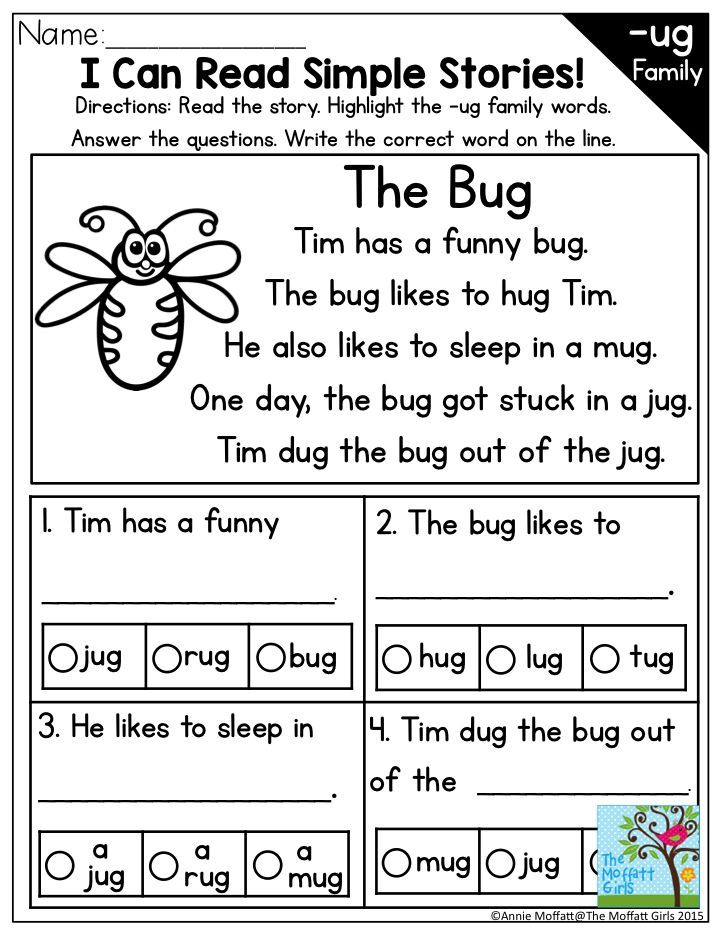 For example, as you are getting ready to go out to play you might say, “I need to put on my h-a-t. Do you have a h-a-t? What do we need to put on?” The answer, obviously, being ‘hat.’
For example, as you are getting ready to go out to play you might say, “I need to put on my h-a-t. Do you have a h-a-t? What do we need to put on?” The answer, obviously, being ‘hat.’
9. Practice with a Phonics book set. Peppa Pig Phonics, for example, provides parents ample opportunities to sound out short words (and point out the differences between short and long vowels), while your child is sure to delight in the colorful illiustrations and silly antics of Peppa and her friends.
Shop the best phonics sets below! You can find all books and activities at The Scholastic Store.
phonetics - Learning at home grades 1-11
- Published 06/12/2020
- by Svetlana
- in Second grade, For grade 1, For grade 2, Russian language
I bring to your attention the phonetic test 3: consonants. At the end of the page - analysis and answers. This is a continuation of tests in Russian phonetics. Previously published: Test No.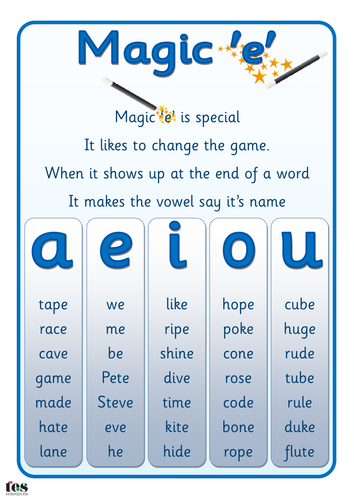 1, dedicated to soft and hard signs. Test number 2, in which we repeat vowel sounds. It is better to read (and even better - slowly study) the theory, which is set out in […]
1, dedicated to soft and hard signs. Test number 2, in which we repeat vowel sounds. It is better to read (and even better - slowly study) the theory, which is set out in […]
- Published 06/05/2020
- by Svetlana
- in Second class, First class, Russian language
This article is a continuation. First you should read: Phonetic games, part one. Last time we got acquainted with soft and hard signs, vowels and sounds. In this article, we will continue to fill out the table of letters and sounds. Now let's focus on the consonants. Let's continue to fill in the table of letters and syllables. Phonetic games. Part 2 Playing on the first day Consonants - […]
Continue Reading →- Published 06/03/2020
- by Svetlana
- in Second class, For 1st class, For 2nd class, First class, Russian language
I propose to pass the test number 2 in Russian phonetics. The first test was devoted to hard and soft signs, in this we will repeat vowel sounds. You can take the test and see the answers right away to sort out your mistakes. But, so that there was no temptation to peep, I placed the answers under the photo. Attention! If you don't see the test, it means that some […]
You can take the test and see the answers right away to sort out your mistakes. But, so that there was no temptation to peep, I placed the answers under the photo. Attention! If you don't see the test, it means that some […]
- Published 06/01/2020
- by Svetlana
- in Second class, For 1st class, For 2nd class, First class, Russian language
Today I suggest you practice - pass the phonetic test No. 1, which contains questions on soft and hard signs. First there is a test, then a photo, and below it is a detailed analysis with answers to each question. Attention! If you don't see the test, then it's being blocked by a program on your device, usually an ad blocker. Phonetic test […]
Continue Reading →- Published 05/29/2020
- by Svetlana
- in Second class, First class, Russian language
I bring to your attention phonetic games, part 1. It is dedicated to hard and soft signs, as well as vowel sounds.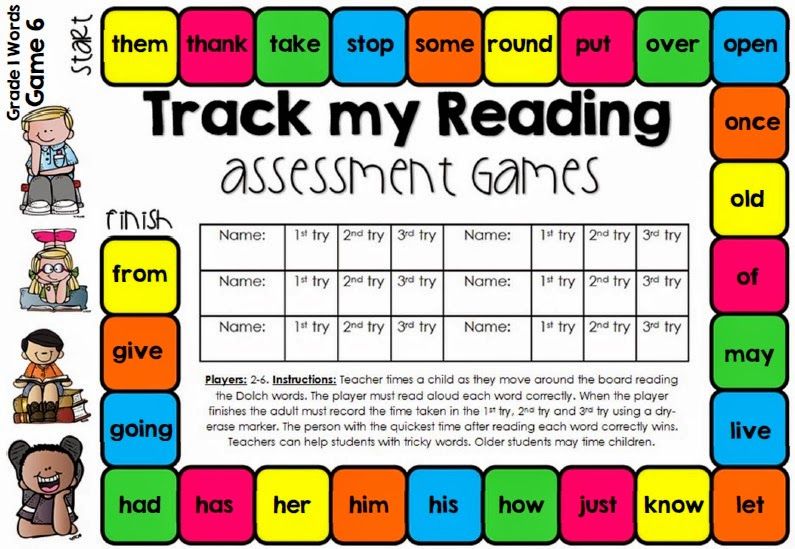 There will be a continuation. We played these games with my daughter in the 2nd grade, when we switched to family education and took a non-school textbook. Phonetics helps the child to better understand the Russian language. Realize that the word is often spelled wrong, […]
There will be a continuation. We played these games with my daughter in the 2nd grade, when we switched to family education and took a non-school textbook. Phonetics helps the child to better understand the Russian language. Realize that the word is often spelled wrong, […]
Article | Developing the phonetic speech of a first grader
What is phonetic knowledge? What phonetic progress should a child have in first grade? What should parents do to help a preschooler, and then a schoolchild, learn to understand sounds and letters? The questions are answered by the primary school teacher of the highest qualification category Svetlana Nechepaeva.
At the beginning - the sound
The words of a first grader "I need to do phonetic analysis" often scare not only children, but also parents. Although at its core, the phonetic structure of a language is the natural state of a person. The world around is filled with sounds that everyone and everything makes. nine0011
nine0011
Hearing these sounds, being able to distinguish them is the first preparatory action to begin to understand the phonetic structure of the native language.
The famous Soviet psychologist Daniil Elkonin said about the importance of phonetic knowledge that if a child is well versed in the sound structure of his native language, this will allow him to become a literate person. Not only to understand the sounds and letters that make up any word when we perceive it by ear, but also in the future will help the child master the grammatical and spelling skills of his native language. That is, phonetic knowledge and skills are one of the most basic for a future first grader. nine0011
Unfortunately, not much time is allotted for such phonetic development of knowledge in the first grade. Due attention is not always paid to the sound that the child must learn, because in the very first days the student has a lot of different tasks associated with the adaptation period.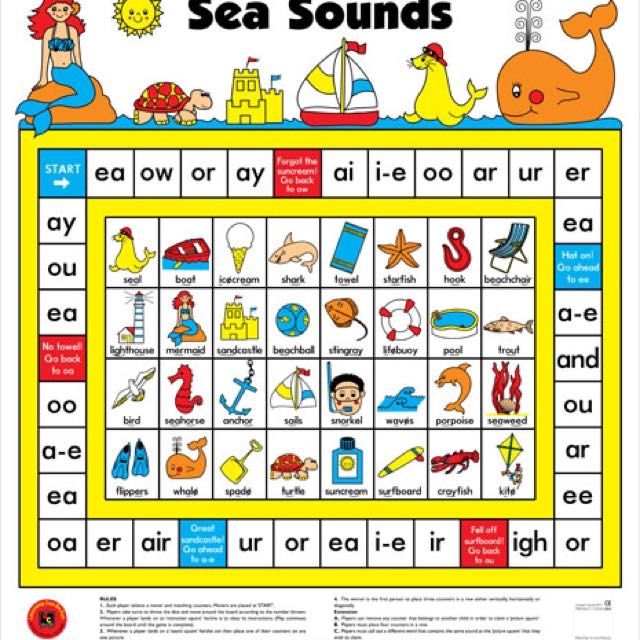 And when a first grader comes home, parents are not up to litigation with what was done in the lesson specifically for the academic part.
And when a first grader comes home, parents are not up to litigation with what was done in the lesson specifically for the academic part.
Adults are usually interested in the child's relationship with other children and the teacher and how the day went. But just in the first days in the classroom, phonetic knowledge is being taught, and if it is missed, in the future it will be very difficult for the child to understand the work with the tape of letters that is located above the board. nine0011
It will be difficult for a child to understand why he needs phonetic analysis, why color the word structure in different colors. Such a lack of understanding - why I am doing this and why - creates a feeling of rejection in the child, and therefore it is very difficult for him to understand this difficult area of \u200b\u200blanguage.
Meanwhile, the importance of this issue is great, because a child who does not hear the sounds of speech will find it difficult to read and write in the future.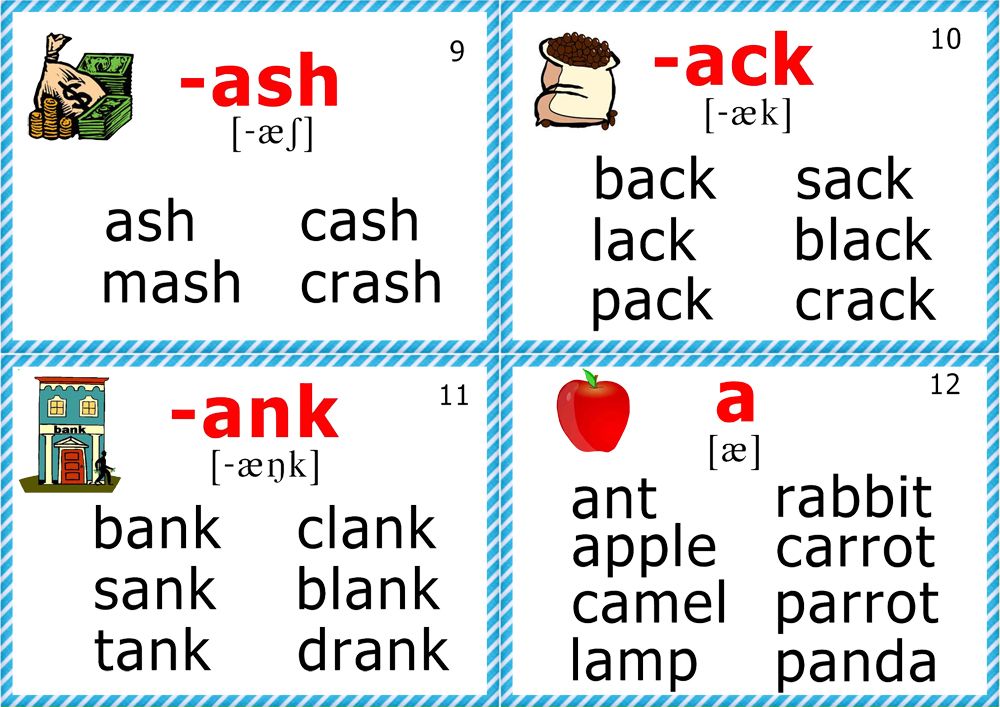
An indicator of readiness for learning to read and write is the clear pronunciation of each individual sound by the child. nine0011
What a child should learn before school
- Pronounce speech sounds clearly.
- Extract the sound from the spoken word. For example, call the first sound [m] or the last [a] in the word “mother”. This will mean that the child clearly hears in which part of the word the sound is located.
- Distinguish between vowels and consonants. However, it is not necessary to call them vowels and consonants. It is enough to distinguish the sounds that we stretch, sing, and pronounce the sounds that it is impossible to stretch. This will be the structure of the language, and as a result, the child will get acquainted with the so-called gradation: some sounds are like this, and others are like that. It is not necessary to delve deeply into the theory of the division of sounds into vowels and consonants, and consonants, in turn, into hard, soft, voiced and deaf ones.
 It is important to simply name all the sounds that the child hears. nine0004
It is important to simply name all the sounds that the child hears. nine0004 - If you still decide to teach your child to read, then you should start with the sounds of speech, and then move on to the letters so that the child does not create confusion in the head.
Getting Started
Start simple: If your child can reproduce the sounds that surround them, that's great. Name words that associatively can help separate these sounding sounds.
It is a good idea to acquaint your child in advance with the fact that at school sounds will be indicated by different colors. Red - vowels, blue - hard consonants, green - soft consonants. If a child does not know this before school, it is not scary, although today the industry of acquaintance with such schemes begins at the stage of early preparation for education. nine0011
Pay special attention at the beginning of the first grade, or even before entering school, to the fact that we hear sounds and see and write letters.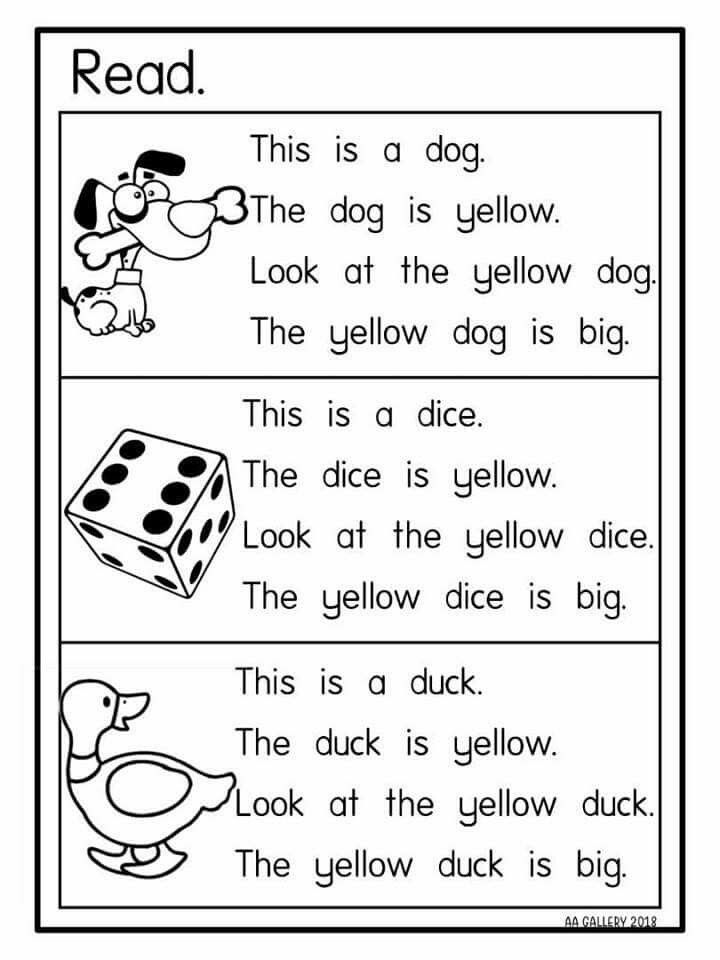 It is very difficult for a child to engage in analytical and synthetic activities. Analysis, synthesis, classification are weakly subject to him, therefore the rhyme “We hear sounds, and we write letters” should be learned like a poem, at first just by heart. In the future, the child will approach this information consciously and the letter icons will not be confused with the sounds that will be enclosed in square brackets in the letter. nine0011
It is very difficult for a child to engage in analytical and synthetic activities. Analysis, synthesis, classification are weakly subject to him, therefore the rhyme “We hear sounds, and we write letters” should be learned like a poem, at first just by heart. In the future, the child will approach this information consciously and the letter icons will not be confused with the sounds that will be enclosed in square brackets in the letter. nine0011
If you do not pay due attention to phonetics in the first grade (the child must be able to separate sounds from each other and see them in a word), then spelling will suffer in the future - the student will make a large number of mistakes in writing: mixing paired and voiced consonants, incorrect designations of softness of consonants, etc.
On the tape of letters from the primer, the vowels of the upper row mean the hardness of consonants, and the lower row - the softness of consonants. It depends on the spelling of the words. When a child has a distorted perception of sounds, a large number of errors await him. If, starting from the alphabetical period, from the very first day, the child pronounces, hears, shares, selects the right words for the sounds that the teacher oriented him to and which you repeated at home, there will be no problems. nine0011
When a child has a distorted perception of sounds, a large number of errors await him. If, starting from the alphabetical period, from the very first day, the child pronounces, hears, shares, selects the right words for the sounds that the teacher oriented him to and which you repeated at home, there will be no problems. nine0011
Ignorance of phonetics can lead to errors in reading. For example, the omission of adjacent consonants (instead of "mark" - "poppy", instead of "barrel" - "sides"). That is, while reading, the child sees the letter, perceives it, but reads it indistinctly.
Or, on the contrary, a child can insert vowels between consonants (instead of "pasla" - "pasala", instead of "girl" - "girl"), and indistinctly read words are obtained. If you do not pay attention to this, then the child will do the same in writing. Therefore, it is important to read aloud. nine0011
Try to develop the simultaneous work of visual and auditory perception. Name the word, ask the child to repeat and match the pronounced sound with the letter.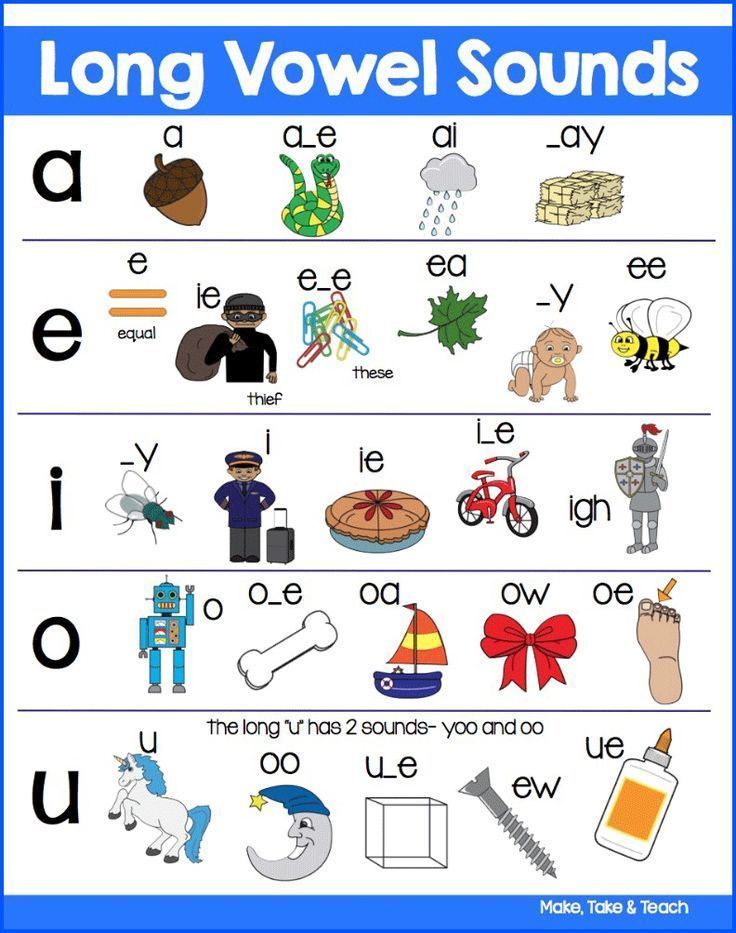
It is good if a child is able to carry out phonemic analysis, that is, to break down an audible word into its constituent sounds, to clearly imagine its sound structure. This is where age matters.
At the age of 4, a child can already differentiate all sounds, that is, he can already have a formed phonemic perception. At the age of 5–6 years, a high level of development of phonemic perception occurs. At the age of 7–8, a child develops phonemic analysis, that is, recognition of a sound against the background of a word, selection of the first and last sounds from a word, determination of the sequence of the number of sounds, their place in the word in relation to other sounds. nine0011
How do you know if there is a problem?
The child does not distinguish between individual sounds that you pronounce or ask to repeat, mixes them, cannot match the picture to the sound, confuses words. Such problems can be solved by a speech therapist.
Unfortunately, there are also more difficult situations, violation of the organs of the articulatory apparatus, low cognitive activity of the child during the period of speech formation, weakened voluntary attention.